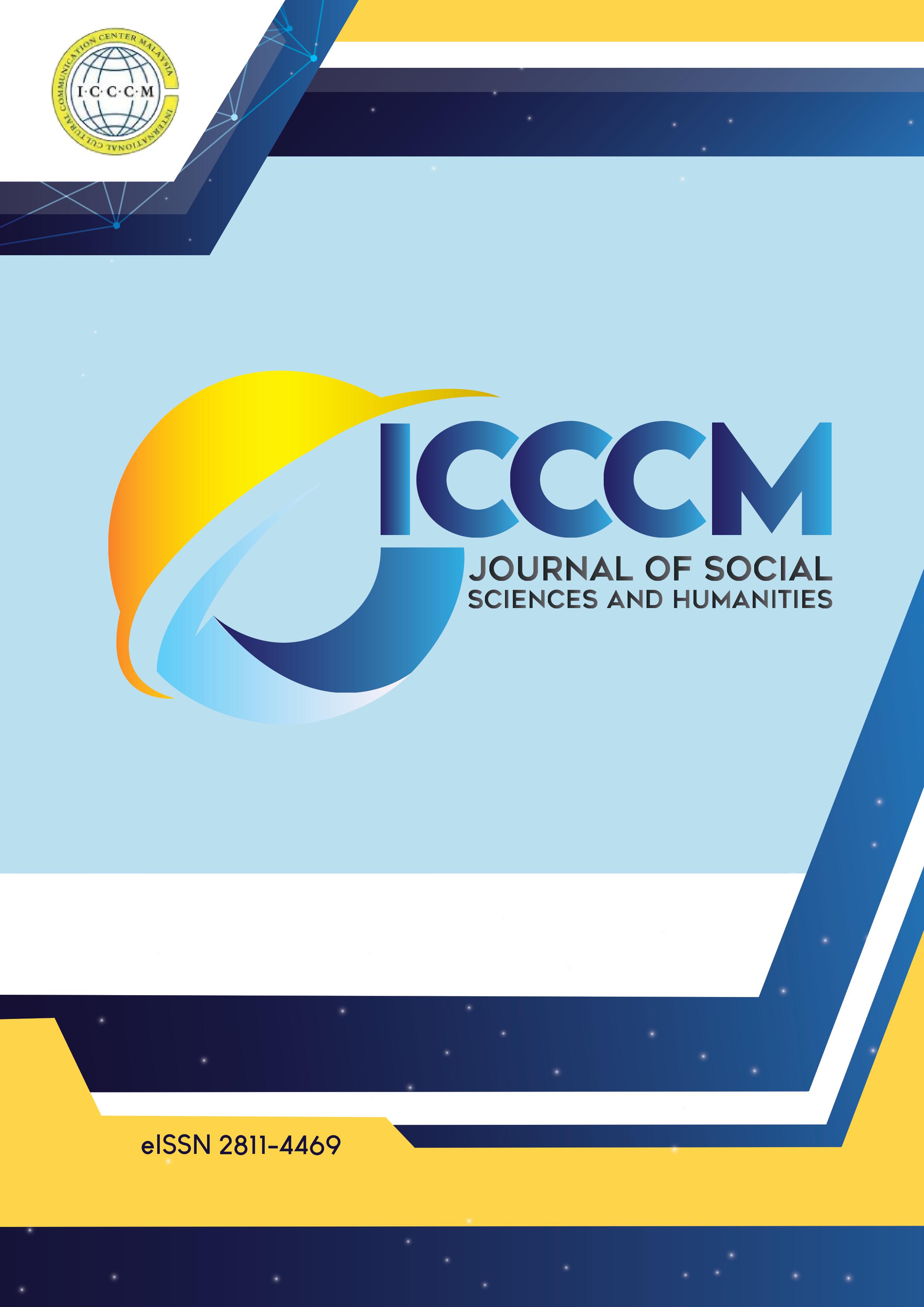The Effectiveness of Think Pair Share Model Towards Class 4 Science Learning Outcomes
DOI:
https://doi.org/10.53797/icccmjssh.v1i4.3.2022Keywords:
Learning outcomes, science, think pair shareAbstract
The purpose of this research is to analyze the effect of the think pair share learning model on the science learning outcomes of fourth graders in elementary schools. The approach used in this research is a quantitative approach. The design of this study used a quasi-experimental design with a nonequivalent control group design. The control group with conventional learning and the experimental group using the think pair share learning model. The research instrument used observation, and pre-test and post-test questions. Data analysis used is validity test, reliability test, homogeneity test, average similarity test, difference test, gain index calculation. The results of the study showed the influence of the think pair share learning model on the science learning outcomes of fourth grade students in elementary schools, this is based on the output of Pair 2 on the paired samples test obtained the value of Sig. (2-tailed) obtained 0.000 < 0.05 or t-count 8.609 > t-table 1.68957, So it can be concluded that there is a difference in the average student learning outcomes of the experimental class with the average student learning outcomes of the control class.
Downloads
References
Aluvalu, R. K., Kulkarni, V., & Asif, M. (2017). Handling Classrooms with Students having Heterogeneous Learning Abilities. Journal of Engineering Education Transformations, 30(3), 229-234.
Arikunto, S. (2015). Manajemen Penelitian, Jakarta: Rineka Cipta.
Budiastra, A. A., Wicaksono, I., & Sanjaya, I. (2020). The New Generation Self-Directed Teaching Materials of Natural Science in Elementary Schools Validity Tests. International Journal of Instruction, 13(4), 763-780.
Hamdayama, J. (2014). Model Dan Metode pembelajaran Kreatif dan Berkarakter. Bogor: Ghalia Indonesia.
Hariyanto, H., & Suyono, S. (2011). Belajar dan pembelajaran: teori dan konsep dasar. Bandung: Rosdakarya.
Khotima, D. A., Su’ad, Santoso, & Pratama, H. (2022). The Effectiveness of Android-Based Science Learning Model to Increase Student Learning Outcomes. Asian Pendidikan, 2(1), 33-41. https://doi.org/10.53797/aspen.v2i1.5.2022
Permendiknas Nomor 16 Tahun 2007. Standar Kualifikasi Akademik dan Kompetensi Guru.
Prahl, K. (2017). Best practices for the think-pair-share active-learning technique. The American Biology Teacher, 79(1), 3-8.
Rudin, C., Chen, C., Chen, Z., Huang, H., Semenova, L., & Zhong, C. (2022). Interpretable machine learning: Fundamental principles and 10 grand challenges. Statistics Surveys, 16, 1-85.
Sugiyono. (2014). Metode Penelitian Kuantitatif, Kualitatifdan R&D. Bandung: Alfabeta.
Widiantara, G. N. T., Kristiantari, M. R., & Ganing, N. N. (2014). Pembelajaran Kooperatif Tipe TPS Berbantuan Media Visual Meningkatkan Hasil Belajar Matematika Siswa Kelas V SD. MIMBAR PGSD Undiksha, 2(1).
Yew, E. H., & Goh, K. (2016). Problem-based learning: An overview of its process and impact on learning. Health professions education, 2(2), 75-79.
Downloads
Published
How to Cite
Issue
Section
License
Copyright (c) 2022 Putri Khoirisa Aftika, Murtono, Slamet Utomo

This work is licensed under a Creative Commons Attribution-NonCommercial-ShareAlike 4.0 International License.




